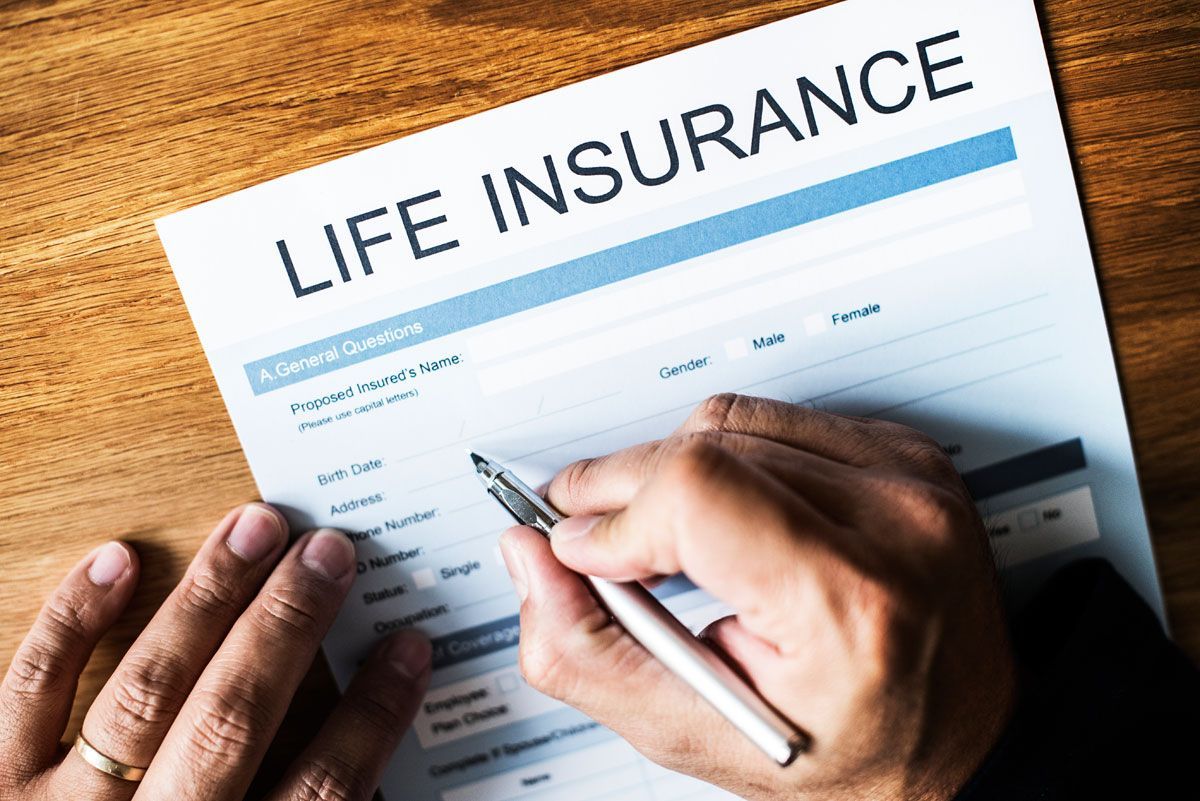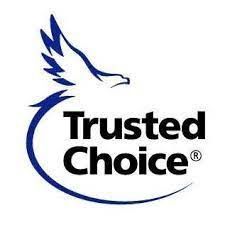Haley Insurance Agency Blog

As an insurance agent in Washington State, I get this question daily. “Why is my insurance going up? I have no tickets, no accidents and have paid my bills on time. Why are you increasing my rates.” I asked a couple ai’s and most come to the same conclusion that Grok provides below. I prefer Grok’s response due to the details in percentages as well as sources it sited for providing this data. Insurance in Washington State can be expensive due to a variety of factors, as outlined by recent analyses and reports: Inflation and Repair Costs: Inflation has significantly increased the cost of car repairs, with auto repairs now costing 28% more than three years ago according to the U.S. Consumer Price Index. This directly impacts auto insurance rates as the cost to repair or replace vehicles rises. High Car Theft Rates: Washington has a notably high car theft rate, which contributes to higher insurance premiums. This is because insurance companies have to pay out more in claims for stolen vehicles, leading to higher rates for all policyholders. Uninsured Motorists: Approximately 20% of drivers in Washington are uninsured, which can lead to higher costs for insured drivers, as they bear the brunt of accidents involving uninsured motorists. Natural Disasters: The state is prone to natural disasters like floods, wildfires, and landslides, which can lead to significant property damage. These risks increase the cost of both home and car insurance as insurers need to cover potential losses from such events. Legislative and Regulatory Factors: Policies from the state's insurance commissioner might limit how much insurers can increase premiums year over year, but when adjustments are made, they can be significant. For instance, health insurance rates for 2025 saw an average increase of 10.7%. Additionally, mandates for coverage can increase costs; for example, the number of healthcare mandates approved by lawmakers can influence insurance premiums. Crime and Traffic Issues: High rates of DUIs, distracted driving, and understaffed law enforcement like highway patrols can contribute to more accidents and claims, pushing insurance costs up. Geographical and Demographic Factors: Insurance costs can vary widely within the state due to differences in urban vs. rural areas, crime rates, accident statistics, and demographic factors like age and credit score. For instance, car insurance is cheaper in Spokane compared to other major cities in Washington. Market Dynamics: The insurance market in Washington is competitive, but the cost of doing business, including regulatory compliance and the need to cover high-risk areas, can affect pricing. Also, some insurers might not operate in all areas of the state, limiting competition in certain regions. These factors collectively contribute to the higher insurance costs in Washington State. It's also worth noting that while insurance might be expensive relative to some other states, posts on X and other commentary suggest that residents still find it somewhat better than in states like California, where similar regulatory environments have led to even higher costs or insurers pulling out of the market. However, the exact impact can can vary by individual including the type of coverage, deductible, and personal driving history . Something that has direct impacts on insurance and your zip code is theft. Let's take a look at what Grok can pull together. I pulled the National Insurance Crime Bureau statistics earlier this year for a town hall about crime and drugs in our neighborhood and its impacts to the local community and can verify this data is accurate. Car Theft Statistics in Washington State Recent Trends: 2024 Update: Washington ranks second in the country for vehicle thefts per capita, only behind Colorado. In 2023, thieves took more than one million motor vehicles nationwide, with Washington's rate being significantly higher than the national average at 283.5 incidents per 100,000 people. 2022 Data: The National Insurance Crime Bureau reported that Washington had 46,939 vehicles stolen in 2022, placing it third in the nation behind California and Texas. This was an increase of nearly 40% from 2021 to 2022, making Washington well above the national average for motor vehicle theft. 2023 vs. 2022: There was a 31% increase in car thefts from 2021 to 2022 in Washington, which was among the highest in the U.S., surpassed only by Illinois. Local Insights: Seattle: The city saw a 73% increase in motor vehicle thefts from 2019 to 2022, with an average of 19 cars and trucks stolen daily in 2022. This was the highest number since 2008. King and Pierce Counties: These counties have seen substantial numbers of car thefts, with King County reporting over 16,500 car thefts in the first 11 months of 2023, and Pierce County reporting 7,827 in the same period. Impact of Legislation: There's been discussion around how changes in law enforcement policies, such as restrictions on police chases, might influence theft rates. However, in 2024, there was a noted 21% decrease in car thefts in January compared to the same period in 2023, attributed in part to arrests of groups like the "KiaBoyz" and changes in laws allowing police pursuits again. Most Stolen Vehicles: Top Stolen Models in 2023: The Honda Civic and Honda Accord were the most commonly stolen vehicles in Washington, followed by Chevy Silverado and various Ford models like the F150, F250, and F350. Notably, despite the "Kia Boyz" trend, Kia vehicles did not make the top 10 statewide, though they were significant in certain counties. Historical Data: In 2022, older models like the 1999 Ford full-size pickup and 2000 Honda Civic were among the most targeted. Additional Factors: Per Capita Rates: Cities like Tacoma, WA, had one stolen vehicle for every 59 residents in recent statistics, highlighting the severity of the issue in certain urban areas. Public Sentiment: Posts on X and local news reflect significant public concern, with many residents sharing personal experiences of vehicle theft, indicating a broad impact on the community. Data Sources: Information from the FBI's Crime Data Explorer , National Insurance Crime Bureau , local news reports, and posts on X have been used to compile these statistics. This comprehensive look at car theft in Washington State shows a complex interplay of factors including legislative changes, law enforcement strategies, and specific vehicle vulnerabilities, all contributing to the state's high theft rates.

